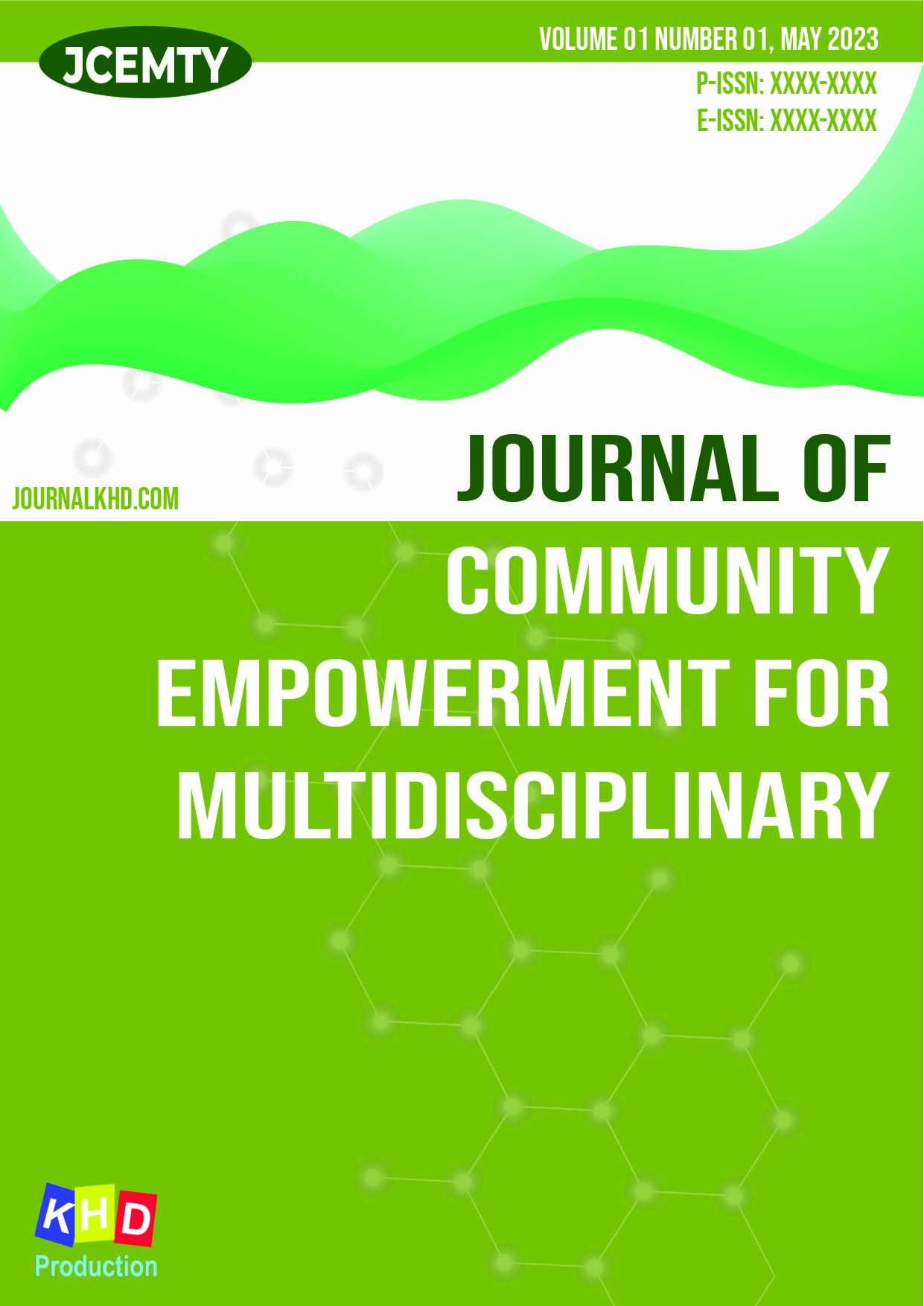Health Counseling and Provision of Betel Leaves to Reduce Physiological Leucorrhea among Adolescent Girls
Penyuluhan Kesehatan dan Pemberian Daun Sirih untuk Mengurangi Keputihan Fisiologis pada Remaja Putri
DOI:
https://doi.org/10.53713/jcemty.v1i1.55Keywords:
vaginal discharge, adolescent girls, betel leaf, boiled waterAbstract
In Indonesia, 75% of women have experienced vaginal discharge at least once, and half have experienced vaginal discharge twice or more. Vaginal discharge is a classic problem for most women. Ironically, most women do not know about vaginal discharge and the causes of vaginal discharge. If not handled properly, vaginal discharge can be fatal. Infertility and ectopic pregnancy (pregnancy outside the womb) can be one of the consequences of vaginal discharge. The early symptoms of uterine cancer usually start with vaginal discharge. This study's betel leaf (Piper betel Linn) belongs to the Peiperaceae family. The part used is the leaves. Betel leaf contains essential oils with compounds that have strong antibacterial properties, referred to as "kavikol" and "kavibetol". Anti-bacterial is also found in boiled betel in water. Betel leaf in traditional medicine is usually used for first aid in first-line treatment in daily medicine, especially as an antiseptic. This activity aims to increase young women's knowledge about the dangers of vaginal discharge and provide intervention in betel leaf boiled water to reduce physiological vaginal discharge. The activity results showed benefits for adolescents as evidenced by the decrease in the incidence of physiological vaginal discharge after being given counseling and betel leaf water.
References
Astuti, H., Wiyono, J., & Candrawati, E. (2018). Hubungan Perilaku Vaginal Hygiene Dengan Kejadian Keputihan Pada Mahasiswa Di Asrama Putrid Psik Unitri Malang. Nursing News: Jurnal Ilmiah Keperawatan, 3(1), 595-602.
Firmanila, F., Dewi, Y. I., & Kristiani, D. (2016). Pengaruh penggunaan air rebusan daun sirih merah terhadap keputihan pada wanita usia subur (WUS) di wilayah kerja Puskesmas Rawat Inap Tenayan Raya. Jurnal Ners Indonesia, 6(1), 9-18.
Gunardi, E. R., & Susilo, S. A. (2021). Menstrual Pattern and Characteristics of One-Rod and Two-Rod Levonorgestrel Implant Users. Obstetrics and Gynecology International, 1-7.
Handayani, S., Cahyo, K., & Indraswari, R. (2017). Faktor-Faktor Yang Berhubungan Dengan Perilaku Personal Hygiene Remaja Putri Dalam Penanganan Dan Pencegahan Keputihan Pada Siswi SMK Negeri 11 Semarang. Jurnal Kesehatan Masyarakat, 5(3), 629-636. https://doi.org/10.14710/jkm.v5i3.17406
Karasz, A., & Anderson, M. (2003). The vaginitis monologues: women's experiences of vaginal complaints in a primary care setting. Social Science & Medicine, 56(5), 1013-1021.
Irianto, K. (2014). Kesehatan Reproduksi. Alfabeta.
Koensoemardiyah, S. (2010). A to Z Minyak Atsiri. Lily Publisher.
Maytasari, G. M. (2010). Perbedaan Efek Antifungi Minyak Atsiri Daun Sirih Hijau, Minyak Atsiri Daun Sirih Merah dan Resik-V Sabun Sirih Terhadap Pertumbuhan Candida Albicans Secara In Vitro. Thesis. Fakultas Kedokteran Universitas Sebelas Maret.
Sari, N.H. (2011). Efektifitas Rebusan Daun Sirih Untuk Mengurangi Keputihan pada Wanita. Undergraduate thesis. Fakultas Keperawatan UNRI
Dewi, A. K. (2018). Hubungan pengetahuan dan prilaku remaja putri dengan kejadian keputihan di kelas XII SMA Negeri I Seunuddon Kabupaten Aceh Utara Tahun 2012.
Suparni.I, & Wulandari.A. (2012). HERBAL NUSANTARA: 1001 Ramuan Tradisional Asli Indonesia. Rapha Publishing.
Wright, V. C., Schieve, L. A., Reynolds, M. A., & Jeng, G. (2005). Assisted reproductive technology surveillance—United States, 2002. Morbidity and Mortality Weekly Report: Surveillance Summaries, 54(2), 1-24.







